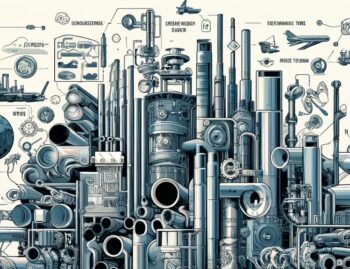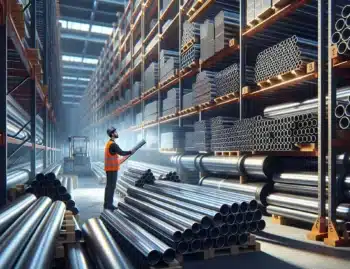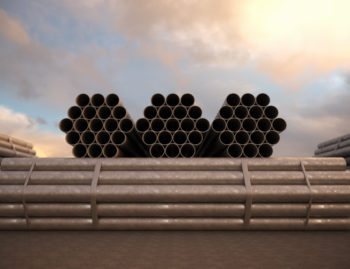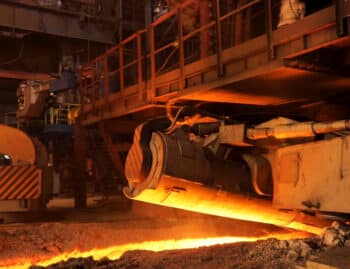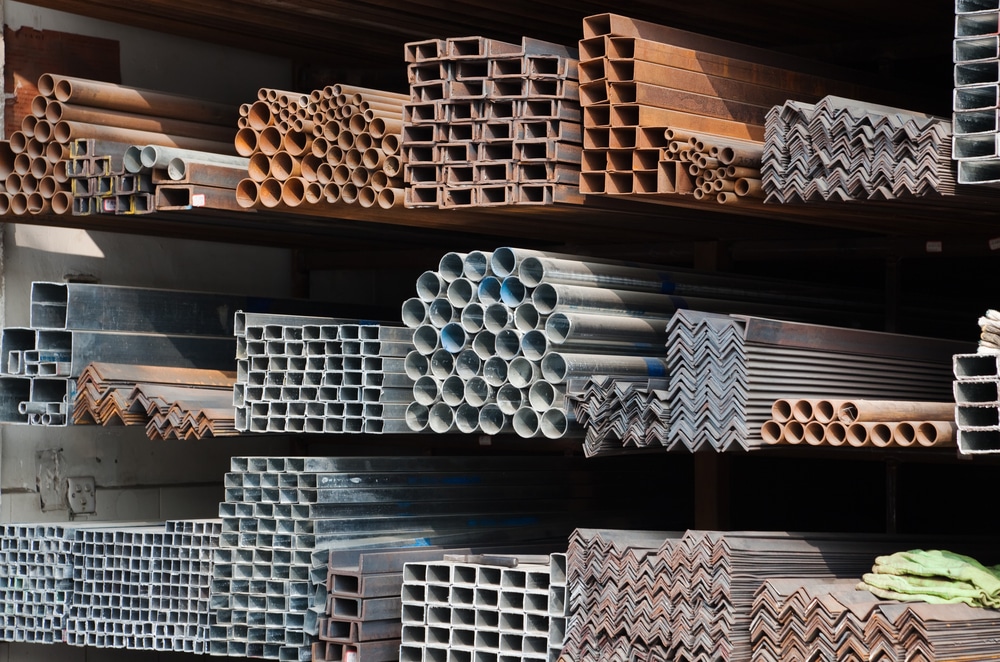
The steel industry is indispensable to the global economy, making its overall prospects a large concern for businesses and consumers alike. In this article, we will look over the current state of the industry, the current global challenges likely to create an impact, and what the experts are predicting for 2023.
The Current State of the Steel Industry
The steel industry is currently going through changes regarding current events and trends, which impact demand and prices. Despite these factors, Market Research Future predicts that the industry will make a steady recovery with an upcoming predicted CAGR of 3.47% and a 1% growth. Due to the fact that steel is heavily used in a wide variety of major and growing industries, such as construction and automobile creation, the prognosis is looking positive for the upcoming year.
As the industry adjusts to the new market dynamics regarding global events like the war in Ukraine and a mild United States recession, companies are now leveraging the newest technological inventions and development to remain ahead of the curve.
Factors Affecting the Health of the Steel Industry
One of the biggest factors affecting the steel industry today is the recession in the United States. This is causing a slight decrease in demand and an increase in prices. However, the growing need for urbanization and automobile electrification is likely to boost the need for steel and cover some of the negative impacts caused by the recession.
The global state of the world, regarding Russia and Ukraine, has also impacted trade and gas, which can have a large influence in the steel industry. Nevertheless, this helped restructure some manufacturers by showing the importance of independent infrastructure and more local production.
Legal changes like the Infrastructure Investment and Jobs Act are likely to further boost spending on roads and bridges, which are both heavily reliant on steel.
The price forecasts for steel may respond positively if supply chain issues like the shortages in semiconductors improve. This will depend on the impact of the recession and if products utilizing these conductors, like cars, are as desirable in the market.
China is also likely to increase steel exports, which may impact the global price of raw materials. New manufacturing opportunities in Canada, Mexico, and even in the United States may help counteract some of the effects due to more local manufacturing.
Predictions for the Future of the Steel Industry
The United States market overview is likely to have earnings at equal or above mid-cycle forecasts. European steel companies may take a hit due to high energy prices and an impending recession. Countries like Turkiye, Brazil, and India are all expected to have a positive outcome because of the growing demand for new infrastructure propelling steel demand and growth, which may help outpace the possible decline in China.
Additionally, the rising demand for renewable energy is likely to advance steel demand for more technologies like wind turbines and solar panels, both of which may help create a steady growth rate for the years to come.


